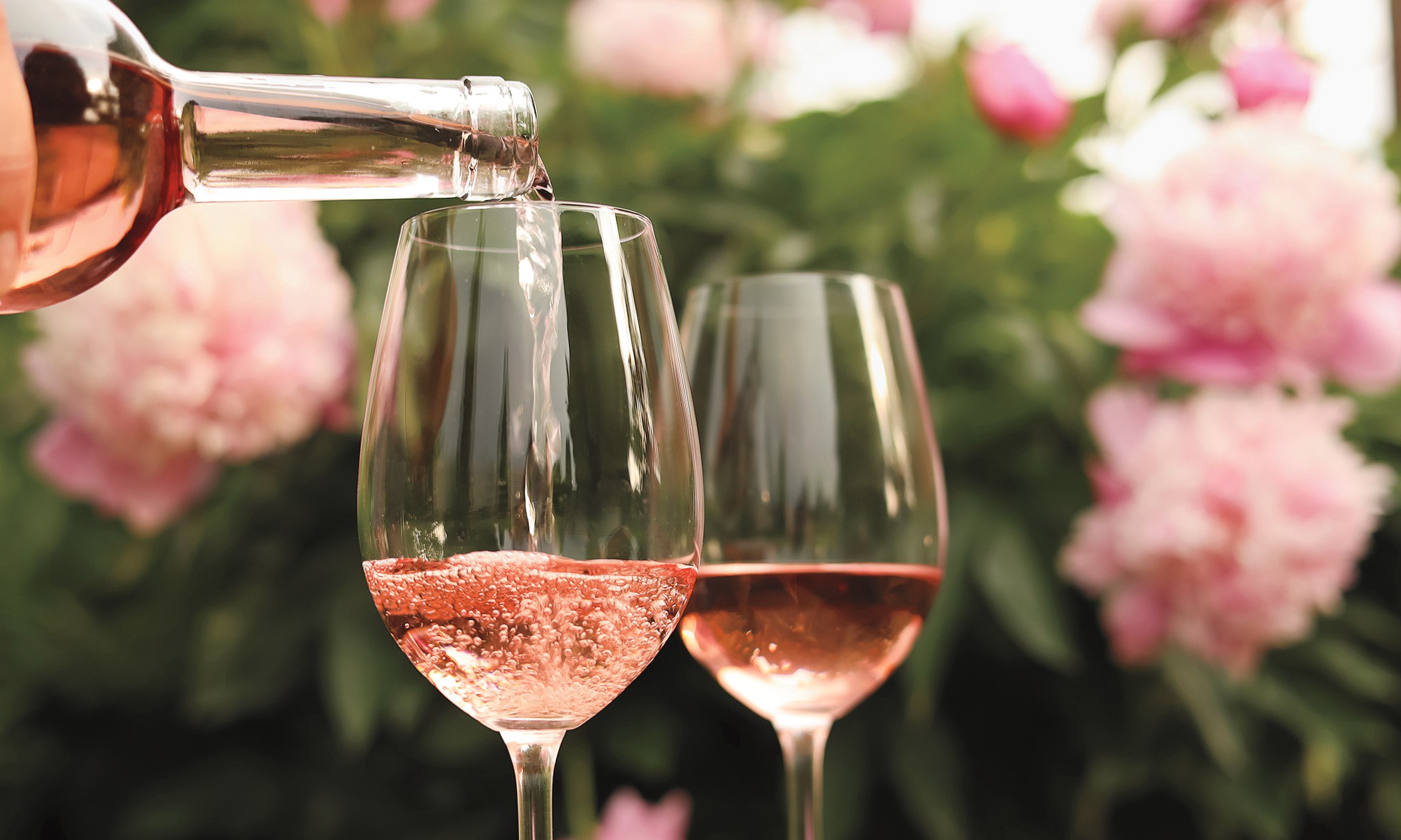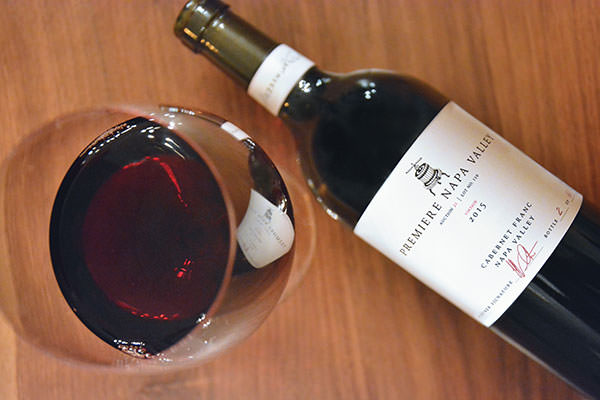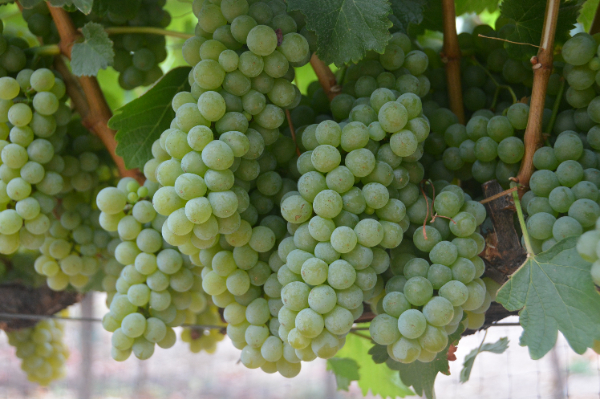Regal reds and elegant whites have secured Napa Valley’s position as a premier winemaking region, but a bevy of rosé wines has added a captivating new hue and style to the scene. There’s no denying that these jewel-colored wines are a feast for the eyes, but Napa’s winemakers are applying their expertise to craft premium pink wines that taste as good as they look.
The Method
Whether pale pink or bold magenta, rosé wines get their color from the skins of the grapes. The more time grape juice spends macerating in contact with the skins, the more intense the color will be. But winemakers have a choice of methods to arrive at their desired shade and style of pink—saignée or direct press are the most common techniques.
James Moss, winemaker and proprietor of J. Moss, opts for the saignée method when making his rosé of Cabernet Sauvignon from vineyards in Coombsville and other Napa nested AVAs. Saignée means to bleed. To make rosé, a portion of the juice macerating to make red wine is bled off into a separate vessel. The result is a rosé “bright with acidity, but also very rich and flavorful,” says Moss. He also believes that saignée positively impacts his red wines by making “our Cabernets better by concentrating them upfront.”
Saignée is an efficient and well-established technique, but many Napa winemakers also embrace direct press. “I like to call it rosé on purpose,” says Heidi Barrett, winemaker at Paradigm Winery, who crafts a rosé of Merlot from organically farmed vineyards in Oakville. As the name implies, with direct press, juice is pressed from grapes harvested exclusively to craft rosé wine. The juice macerates with the skins until it reaches the hue preferred by the winemaker.
The Grapes
In addition to Cabernet Sauvignon and Merlot, Napa’s winemakers have myriad options when selecting grape varieties to make rosé. Producers are working with a broader palette “to expand the flavor, texture and color of Napa Valley rosé,” explains Tim Colla, winemaker and partner at Saintsbury. “The range and traditions that inspire Napa Valley rosés are expanding while holding on to the ‘yummy’ factor required in all good expressions.”
Pinot Noir is Colla’s grape of choice for Saintsbury’s Vin Gris of Pinot Noir, which is made from grapes grown in the Carneros nested AVA. Vin Gris translates to gray wine and describes an extremely pale rosé wine with a short maceration time. “We have made a dry rosé of Pinot Noir since the 1989 vintage. The goal is to capture the energy and freshness of just-ripe Pinot Noir and bottle liquid sunshine for our wine club and community. The rosé is intentionally light but still has an alluring balance to it,” says Colla.
Using the direct press method, Chase Cellars produces two rosés in St. Helena from estate-grown Zinfandel and Cabernet Sauvignon. And in winemaker Russell Bevan’s opinion, rosé can express terroir and vintage variation. “The flavor development in cooler vintages really shines through; this allows Napa’s natural fruit flavors to gain intensity at a low pH and alcohol level.”
Food & Mood Pairings
Speaking of yummy, Napa Valley rosé pairs beautifully with many different foods. Bevan extols the joy of rosé paired with fresh fruits dipped in chocolate, Moss goes for shrimp scampi and Colla suggests halibut ceviche or grilled chicken thighs. But there’s no need to overthink it; Barrett loves pairing rosé with “anything. I think of it as a lunchtime wine or while we are cooking dinner.”
Rosé can be enjoyed year-round, but there’s no denying how it perfectly matches the mood of sunny days. “I like making rosé, as everybody needs something on a warm day sitting on a porch,” says Bevan. “And just sitting by the pool,” adds Moss.
Whatever the meal, mood, or moment, Napa Valley rosé showcases a more playful side of the region’s top-tier winemaking.




